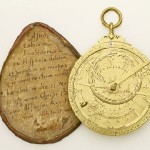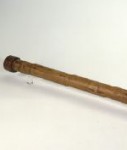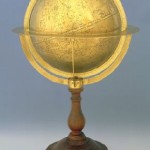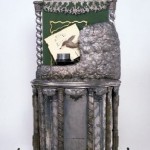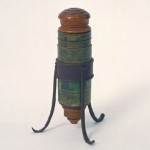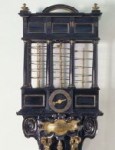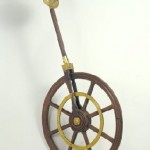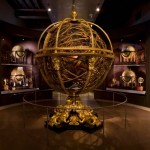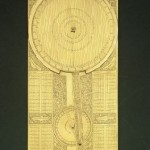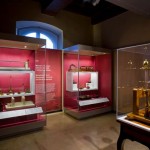The Museum of the History of Science in Florence testifies to the support given to scientific research, first by members of the Medici dynasty, then by the Lorraine Grand dukes.
The Museum’s collections of scientific instruments currently contain more than 5,000 objects, about 1,500 of which are on permanent display in the twenty-one rooms open to the public.
The exhibition is broken down according to chronological and thematic criteria.The first floor is dedicated predominantly to the Medici collections of instruments (from the 15th to 18th centuries), while upstairs the scientific evidence of the Lorraine age (18th and 19th centuries) is displayed.
The Museum’s collections of mathematical instruments bear witness to the culture and experimental talents of the great mathematicians, astronomers and artist-engineers of the Renaissance. The cultural horizons,represented by the celestial and terrestrial globes, the armillary spheres, the compasses, the perspective instruments for drawing, the astrolabes and the quadrants, indicate the close interrelationship between innovative artistic activities, astronomical research, the operations for measuring distances and cartographic achievements.


